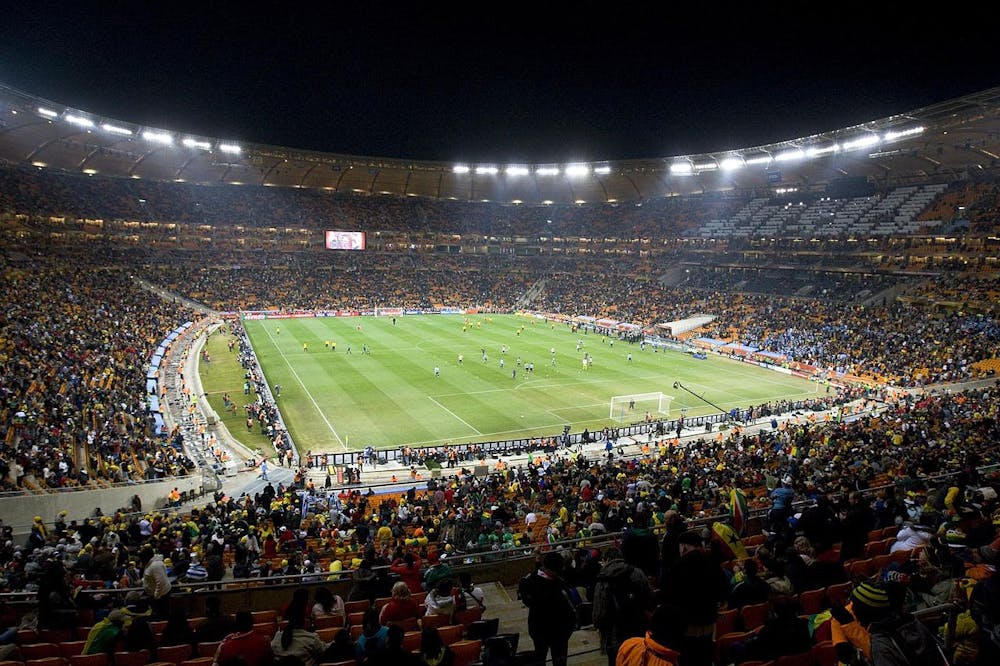
Since its first tournament in 1930, every four years, the International Federation of Association Football (FIFA) world cup has captivated the minds and hearts of citizens around the globe.
Over these couple of weeks, fans get to watch top-notch, elite soccer players, from the likes of Lionel Messi of Argentina to Cristiano Ronaldo of Portugal, as thirty-two teams who qualified for the world cup bring their full dedication and passion to the tournament. Each World Cup brings with it a new energy, with different teams making their marks in different years.
The tournament’s location changes every four years, as decided by the FIFA congressional body years prior to the event’s commencement, to ensure that the host country has enough time to build the necessary infrastructure to make the tournament a success.
This year’s 2022 World Cup is hosted in Doha, Qatar, a small but oil-rich country located on the Arabian Peninsula. Prior to the event, news emerged that World Cup construction projects had resulted in the tragic deaths of around 400 to 500 migrant workers, according to Qatari officials. World Cup chief Hassan Al-Thawadi has made it clear he finds it unacceptable that workers have died during the construction but also suggested some improvements that Qatar has undergone in the last decade in the realms of safety and health.
Currently, Qatar has over two million migrant workers, with many originating from South Asian countries like the Philippines, Bangladesh, Nepal and India. However, human rights organizations have projected that thousands have died working on the World Cup in the past decade.
Certainly, the soccer community has witnessed corruption on behalf of FIFA before, such as in the senior FIFA official bribery that was exposed in the 2015 FIFA scandal. But never before have we witnessed a scandal of this magnitude in FIFA’s not-so-perfect history — one that resulted in the deaths of often neglected workers.
The workers involved in building the two large World Cup Stadiums, the Ahmad Bin Ali Stadium, located just west of Doha and used for group matches, and the Al Bayt Stadium, located north of Doha and used for matches up until the semi-finals, were also involved in a variety of tasks other than building the stadium, including building bridges and hotels for fans.
Qatar’s anti-LGBT policies have also received attention. Qatar has faced criticism for its anti-LGBTQ policies, where same-sex marriages are not legally recognized. Several teams have attempted to protest Qatar’s policies by wearing rainbow-colored apparel but have faced backlash from FIFA and Qatar.
As FIFA fans gather with friends and family to witness the sport's history being made inside the stadium, it’s impossible for them to simply ignore the atrocities that stemmed from building the stadium itself. We can only hope that some semblance of justice can be achieved for the families of workers that have tragically perished, and we must stay vigilant in demanding accountability for the crimes committed in the years leading up to the 2022 FIFA World Cup in Doha, Qatar.





